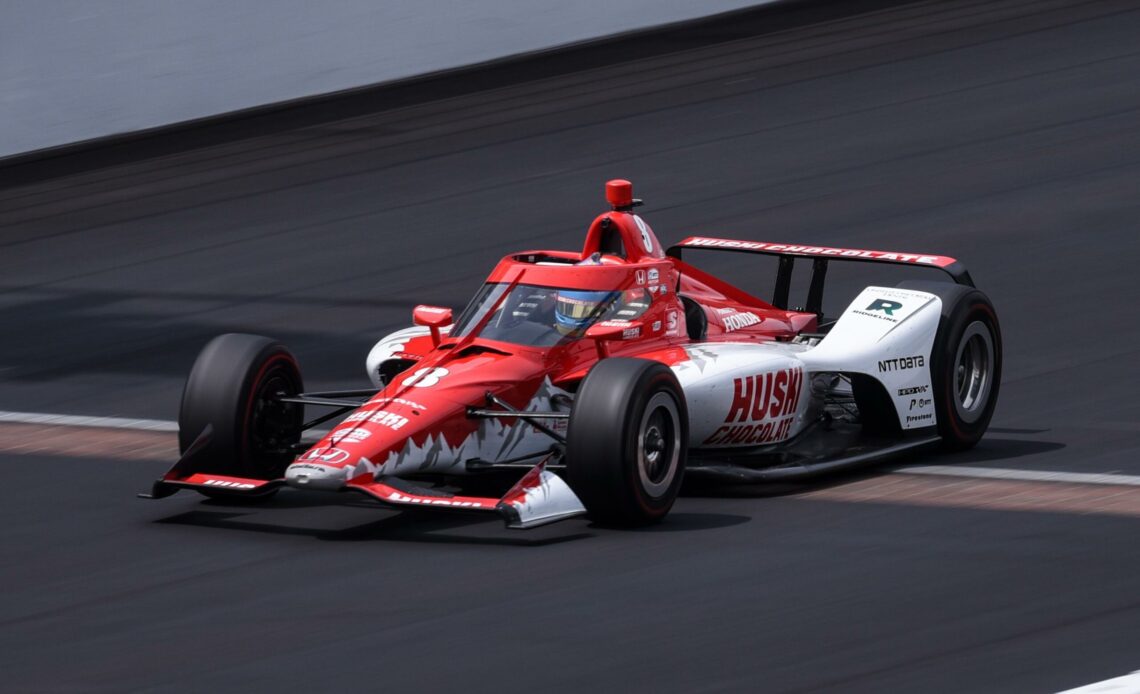Marcus Ericsson has completed one lap in his Fast Six qualifying run in the No. 8 Chip Ganassi Racing Honda.
Going into the first turn on his second of four laps, the Swedish racer is going 239.725 mph before turning across the low banking of the Indianapolis Motor Speedway.
On the timing stand, Ericsson’s race engineer Brad Goldberg is nervous, but hyper-focused. His eyes are glued to the data screens in front of his face, completely unaware of the world around him. A concert or someone yelling at Goldberg wouldn’t even register in his brain. At that moment, Goldberg is hoping that the tires don’t lose adhesion to the track, causing the car to slide and lose speed.
Or even worse, spin and crash into the wall. All of the work on the bodywork to get it to fit just right and reduce the seams would be trashed. All of the bodywork massaging in the offseason would be reduced to a pile of broken carbon fiber in Gasoline Alley.
But Ericsson stayed on track, the car stayed planted and the run ended with an average speed of 232.764 mph to qualify fifth.
The work to get to that point has been full of checking and rechecking notes and feedback to minimize aerodynamic drag and tire falloff. By minimizing one, you help to do the same to the other, and for qualifying weekend that takes on even more importance.
With the turbocharger boost pressure increased for qualifying, Goldberg knows his driver will be on the absolute knife’s edge of adhesion, going so fast that Ericsson actually unofficially set a new trap speed record going into turn 1 in practice of 243.869 mph. Ericsson knows that the team have given him the best possible car they can to compete with the other three Chip Ganassi Racing cars in the Fast Six shootout.
The bond of trust must be strong between Goldberg and Ericsson. Goldberg trusts that Ericsson is giving him the most accurate feedback possible that matches the telemetry on the timing stand so that Goldberg and the mechanics can adjust the car…
Click Here to Read the Full Original Article at Frontstretch…

